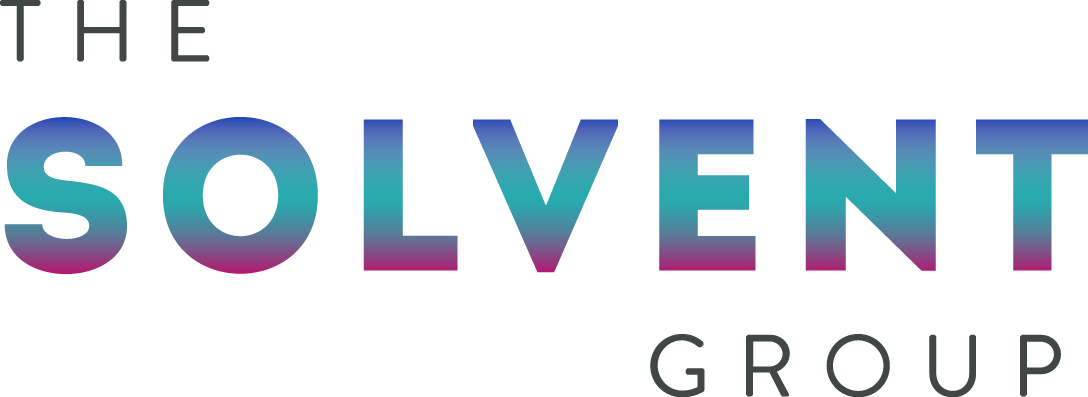Solvent Speaks
The Feasibility Study: Your Framework for a Strong Campaign
Are you ready–or not? Unfortunately there’s no Magic 8 Ball that can predict the success of your capital campaign. While your organization may think the signs point to yes, a feasibility study will supply the hard and soft data that can affirm your goals–or help you adjust them–before you commit to a campaign. Here’s how:
1.You align your campaign with donor aspirations:
Knowledge is power when it comes to campaign planning. Do your campaign goals align with donor aspirations? Will donors be inspired to give? There’s one way to find out. Sharing your vision might deepen a donor’s affinity and commitment to your work. When donors understand the “why” and “how,” they may be willing to support the project financially and open doors to other funding sources. Give your donors the forum to share their concerns, perceptions, and priorities; the answers may surprise you. One board member shared that the results of a feasibility study led his organization to increase its campaign goal, as their solution addressed a growing crisis within the community. This outcome was surprising–and backed by solid data.
2. You identify potential roadblocks and gauge readiness:
Feasibility studies can help you identify roadblocks that can impact the success of your campaign. Interview data can reveal the community’s familiarity with and commitment to your brand, and whether the time is right to move ahead. If the economic outlook is bleak, or if donors have commitments to campaigns running concurrently, this could impact their gift capacity or their willingness to give at all. Understanding these obstacles in advance can help you develop strategies to overcome them.
3. You refine your case for support, creating a call to action that’s compelling and clear:
As the compass that provides direction for your campaign, your case for support should make the pathway to progress realistic and clear. If you think your case hits all the right notes, testing it among select stakeholders is the way to find out. Testing your priorities with donors may elicit excitement, feedback, and questions you didn’t anticipate. Sometimes the feedback is affirming, and sometimes it leads you to adjust or abandon priorities, but it’s better to know from the start.
4. You deepen relationships:
A feasibility study is your chance to cultivate new relationships and strengthen existing relationships by engaging people at an early stage. Inviting community influencers, prospective and loyal donors to participate is an opportunity to establish trust, identify gaps in communication, and strengthen donor relationships–all of which may translate into greater support for your campaign.
5. You identify leadership:
Feasibility studies help your organization identify leaders who will champion your campaign. Social capital is a powerful catalyst, as it facilities cooperation and innovation. Whether you’re looking for leadership to co-chair your campaign or key ambassadors to share your story within the community, feasibility interviews can help you identify campaign leadership, build your donor base and your board of directors.
6. You uncover major gift potential:
Campaign feasibility interviews with donors can lead to revelations about gift capacity and indicate immediate and long-term philanthropic priorities. Asking thoughtful, targeted questions may elicit insights about a person’s willingness to give major and legacy gifts to your organization over time.
When it comes to campaign planning, data should drive the narrative, plain and simple. The Solvent Group’s team of experts can help you determine if your strategy, objectives, and capacity align with the priorities that matter to your stakeholders. Take the guesswork out of your goals; contact us to get started.



